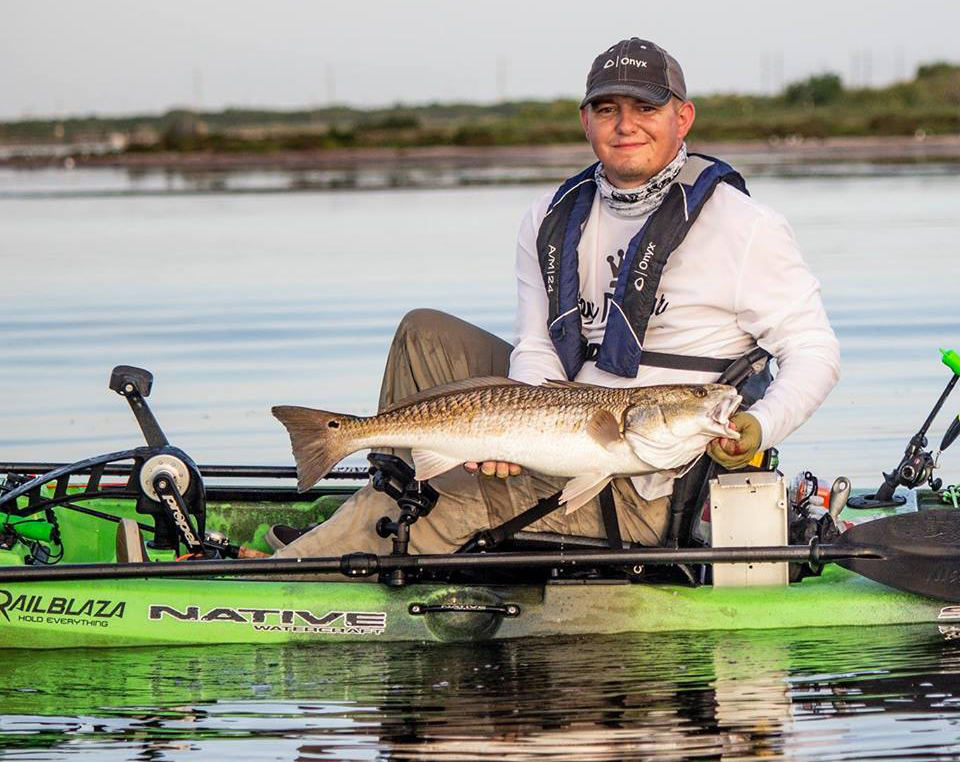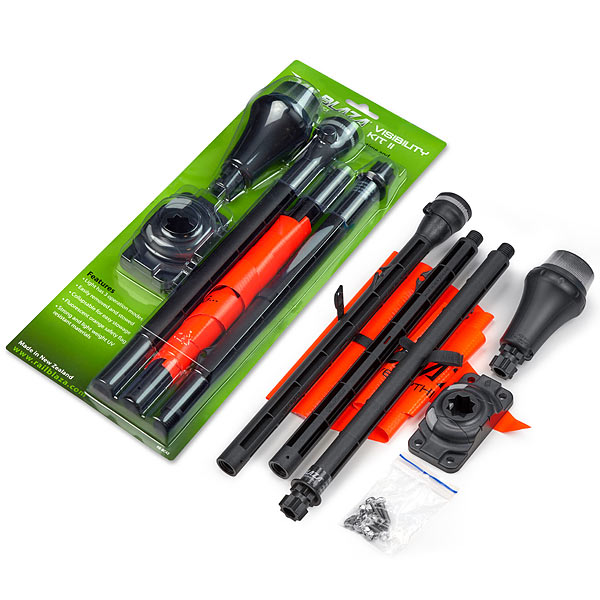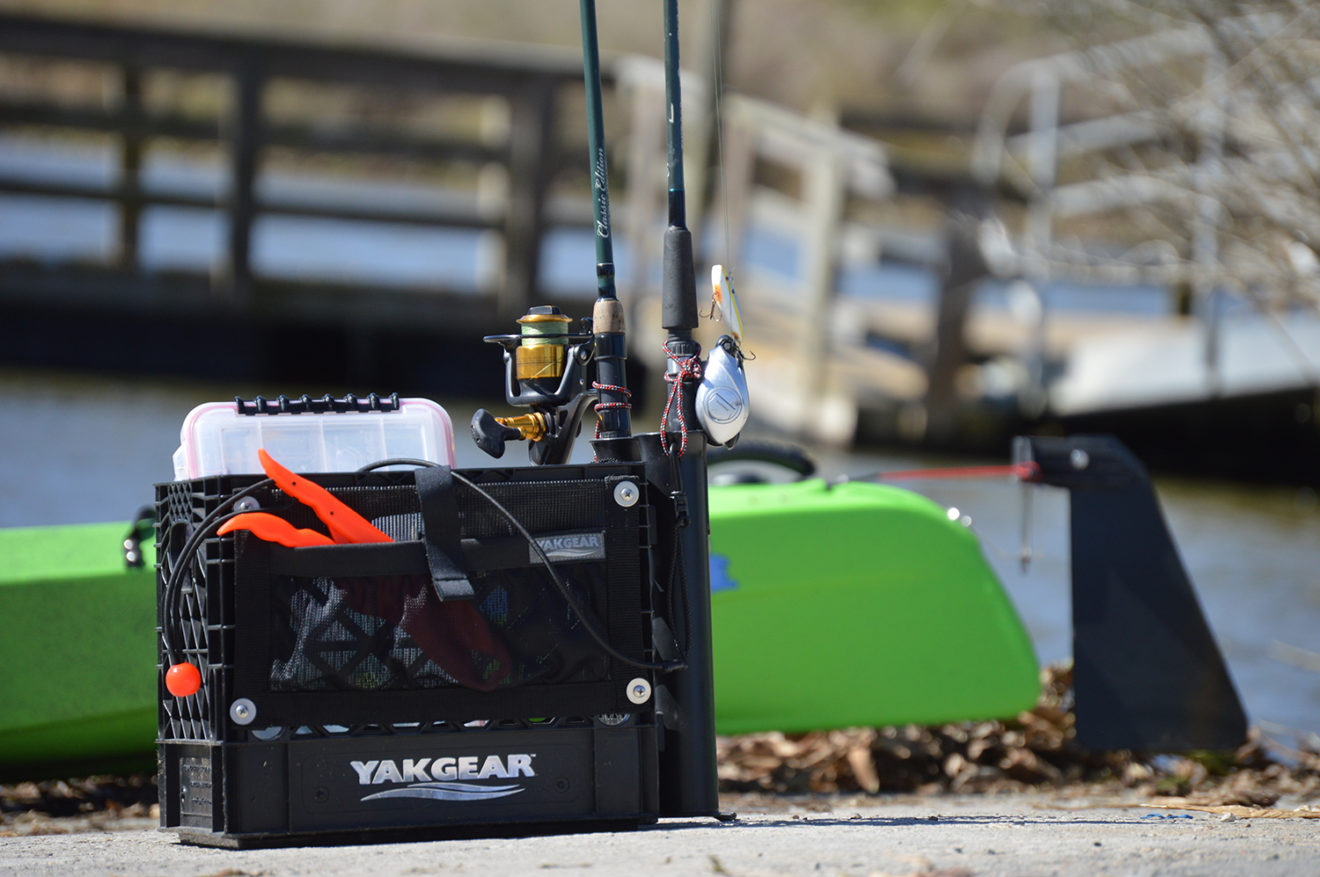Top 5 Kayak Safety Tips for Paddling Alone
Kayak safety is at the forefront of many discussions in the kayak community this year. According to the American Canoe Association, 2017 had a total of 149 documented paddle sport fatalities which consisted of 94 kayak, 44 canoe, and 11 paddleboard deaths.
One fact that highlights the growth of kayaking as a sport is that canoe fatalities accounted for most deaths in the United States until 2010 when kayaking took over the lead category — and ever since, kayaking has not relinquished the title of deadliest paddle sport in the United States.
While not all accidents are preventable, there are a few kayak safety practices that you can work on to minimize the amount of risk you take on each trip. Here are some not-so-commonly mentioned kayak safety tips to help you maximize your chances of survival if you ever find yourself in a dangerous situation.
Understand the Differences in PFD (Personal Flotation Device) Types
- Type I PFD – provides the most flotation of any PFD, suitable for rough water or stormy situations. The only PFD that will keep most unconscious victims face-up and out of the water.
- Type II PFD – suitable for most water conditions and provides excellent flotation in calmer water, but may require the individual to tread water to remain face-up in rough water.
- Type III PFD – designed for calm water or where rescue would be very quickly accomplished. Type III devices are not intended for extended survival situations and will not turn individuals face up.
- Type IV – throwable devices made for overboard situations or to keep someone afloat long enough to direct the watercraft into a rescue position.
- Type V – special use. This is a very broad category that encompasses most inflatable life vests, special purpose life vests, and jackets, as well as white water vests. They must be worn to meet U.S. Coast Guard requirements for vessel flotation devices. Automatic inflatable life vests are included in this category and provide the most comfort and user mobility during use.
Each category of life vest has different uses and provides different levels of protection during survival situations. Understanding what your life vest will do in these situations is critical to making the right decision for your equipment and survival gear.
Dress Appropriately and for the Worst-Case Scenario
It’s a common kayak safety mistake to plan to go out on the water for a few hours and not bring the right gear for an extended period of time. For example, if it’s a chilly morning below 40 degrees Fahrenheit, it’s convenient to wear a hoodie and some thick pants and call it good for a few hours. But what happens when the wind is higher than you expected, or you get wetter than you planned? Having the gear and protective clothing for the worst conditions puts you in a position to remove items rather than wishing you had them. I often sweat a little during my winter fishing trips because for me, if I’m anything but cozy, I have put myself at a disadvantage and have a higher risk of an incident if my situation goes south. Always try to carry extra gear as a precaution, even if it seems inconvenient. For the record, YakGear’s YakSack and Kayak Angler Crate Kits both offer convenient storage options.
Prepare to Be Rescued
Nobody likes to picture themselves in a life-threating situation, but planning for these types of things can be the difference between life and death. The RAILBLAZA Visibility Kit II, which includes everything from a quality stern light, to a fluoro flag and the necessary mounts, is a great tool to keep on-board.
Flares are extremely useful for helping you be seen and located by other boaters or authorities. If you’re out of range of a whistle to another boater, a flare or a good VHF radio might be your only shot at being noticed right away. Many search and rescue cases would have different outcomes if distress signals or messages were relayed at the time of the incident, but many searches don’t even start until that person is far overdue and reported missing by a friend or loved one. Those first hours can make all the difference in the outcome of a search. Even if you only fish freshwater lakes and rivers, flares and/or a radio can save your life.
Always Have Your Safety Equipment Within Reach of Both Arms
Imagine you’re fishing in windy, choppy conditions and have a hook become imbedded in your dominant hand or arm. Could you handle lifting the weight of that fish and putting that much pressure on your wound to reach your gear? Personally, I have a pair of heavy-duty diagonal cutting pliers to cut the hooks away from whatever is connected to it, whether it’s a fish or debris, to at least regain full use of that limb. I can reach these pliers with both hands no matter what awkward position I’m in when this happens, if it ever happens. It looks goofy, but my big diagonal cutters in the center of my life vest are a huge risk mitigator if I ever get hooked while the line or lure is attached to an object. The point is to think about these situations and be able to plan for these things to happen, so they don’t catch you by surprise. If you ever want to see an example of this, check out Chris Castro’s leg gear on Next Level Fishing TV. He always has some emergency tools and survival gear on his leg for unexpected situations.
Is Your Kayak Rigged to Flip?
This can be a contradicting kayak safety question at first glance. Is your kayak rigged to flip to save your gear, or save yourself? Tethers, line, trolleys, and gear are valuable, but they can also create a tangle hazard when you’re flipped and in proximity to them underwater. I use every gear leash I have when I am actively fishing, but when I’m in a situation where I think flipping my kayak could happen, I disconnect everything, lay the gear down and use bungees that do not move and will not create tangle hazards for me if I flip with my kayak.
Another important point on flipping a kayak is to always stay upswell of the kayak. If you’re on the side facing the wave direction, a wave can throw the kayak into your body or head, which risks serious injury to you and can impact your ability to swim and tread water. With kayak seats getting higher and higher, high winds can really increase your chances of flipping in rough conditions.
While these kayak safety tips may seem like planning for the worst-case scenario, there is a reason for it. Writer Alan Lakein once said, “Planning is bringing the future into the present, so you can do something about it now.” I plan because I spent eight years of my life in the United States Coast Guard observing and responding to situations that every single person I helped never planned or dreamed they would be in. Take these tips into consideration, and always keep in mind that it could happen to you.




